A natural history museum is defined as an institution in which works and investigations of the natural world are exhibited to the general public; Based on this definition, it can be known that these museums have a cultural importance defined in the need to inform the world of facts, samples, discoveries in different fields of natural sciences such as anthropology, biology, paleontology, etc.👨🕵️♀️👨🏫👨⚖️
Un museo de historia natural se define como una institución en el que se exhiben al público en general trabajos, investigaciones del mundo natural; partiendo de esta definición se puede saber que estos museos poseen una importancia cultural definida en la necesidad de informar al mundo hechos, muestras, descubrimientos en diferentes campos de las ciencias naturales como antropología, biología, paleontología, etc.🌿🌷🌼🌻

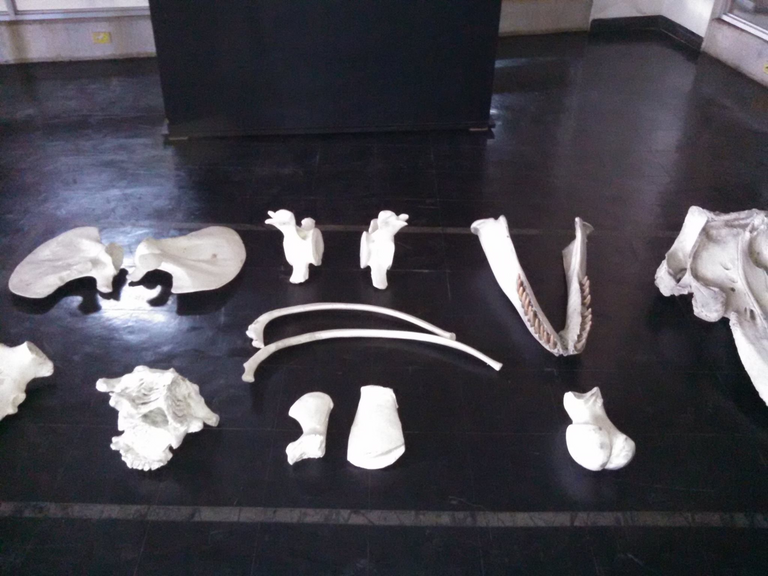
Research on visitor learning in museums suggests that interactivity substantially encourages people's engagement, understanding, and memory of exhibits. However, creating interactive, tangible, and exploratory life science educational activities is complicated by several factors: lengthy waits are required, the complexity of the topic, and the unique behaviors of biology, many of which occur at the microscopic level. and they are subject to non-intuitive physics. Practical biology activities in schools and also in our science museums often face these obstacles on a basis traditionally focused on observing phenomena, which is very time consuming.😲😲
Las investigaciones sobre el aprendizaje de los visitantes en los museos sugieren que la interactividad fomenta sustancialmente en las personas el compromiso, la comprensión y el recuerdo de las exposiciones. Sin embargo, la creación de actividades educativas interactivas, tangibles y exploratorias sobre ciencias biológicas se complica por varios factores: se necesitan largas esperas de tiempo, la complejidad del tema y los comportamientos únicos de la biología, muchos de los cuales se producen a nivel microscópico y están sujetos a la física no intuitiva. Las actividades prácticas sobre biología existentes en las escuelas y también en nuestros museos de ciencia, se enfrentan a menudo a estos obstáculos sobre una base tradicionalmente centrada en la observación de fenómenos, lo que conlleva un consumo grande de tiempo.👩🎓🕵️♂️👨🎓👩🏫👨🏫

LAQUINTASAURA VENEZUELAE🦖🦕
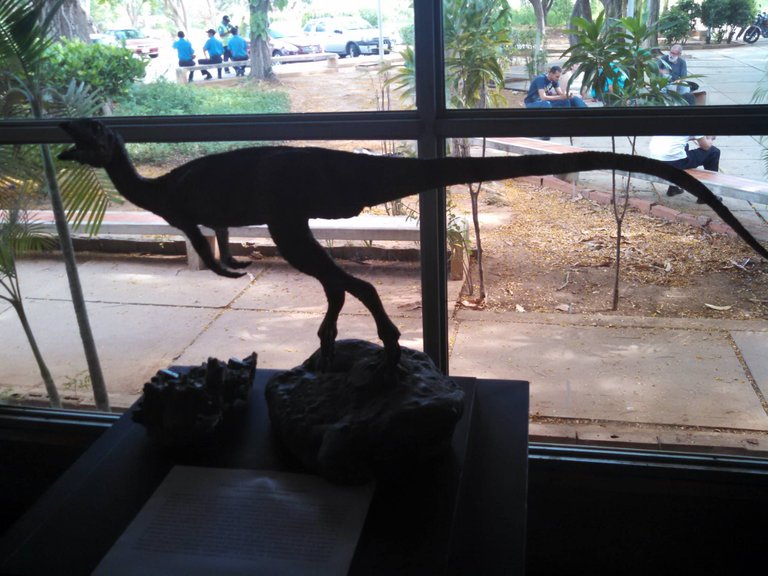
Originally, the bones of Laquintasaura venezuelae were classified within the genus Lesothosaurus after being discovered in the late 1980s. In the first discoveries of this dinosaur, the Venezuelan paleontologist Oscar Odreman, a graduate of the National University of La Plata, played a leading role. Argentina and who has served in the last two decades as a professor of paleontology at the University of Los Andes (Venezuela). However, new studies revealed that it was a different species, so a new classification was made to the fossils found.😶😶
Originalmente, los huesos de Laquintasaura venezuelae fueron clasificados dentro del género Lesothosaurus tras ser descubiertos a finales de los años 80. En los primeros hallazgos de este dinosaurio tuvo un rol protagónico el paleontólogo venezolano, Oscar Odreman, egresado de la Universidad Nacional de La Plata de Argentina y quien ha ejercido en las últimas dos décadas como catedrático de paleontología en la Universidad de Los Andes (Venezuela). Sin embargo, nuevos estudios revelaron que se trataba de una especie distinta, por lo que se realizó una nueva clasificación a los fósiles hallados.😮😮💥
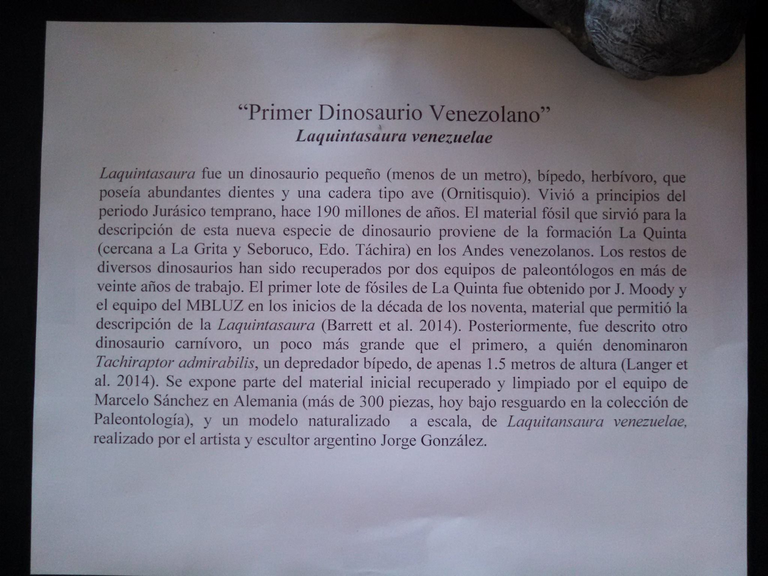
Laquintasaura venezuelae lived 201 million years ago in the Lower Jurassic. It belongs to the well-known group of ornithischians or "bird-hip" dinosaurs that later evolved into the stegosaurus, iguanodon, and triceratops, among others. Researcher Paul Barrett, from the Natural History Museum in London, described that Laquintasaura venezuelae walked on its two hind legs and was the size of a small dog. The largest femur found was 90 millimeters long, suggesting that the bipedal dinosaur's entire body was approximately one meter long and 25 centimeters high at the hip.🤩🤩
Laquintasaura venezuelae vivió hace 201 millones de años en el Jurásico Inferior. Pertenece al grupo conocido de los ornitisquios o dinosaurios «caderas de aves» que más tarde evolucionaron en el estegosaurio, iguanodonte y el triceratops, entre otros. El investigador Paul Barrett, del Museo de Historia Natural de Londres, describió que Laquintasaura venezuelae caminaba sobre sus dos patas traseras y era del tamaño de un perro pequeño. El mayor fémur encontrado fue de 90 milímetros de largo, lo que sugiere que todo el cuerpo del dinosaurio bípedo fue de aproximadamente un metro de largo y 25 centímetros de alto en la cadera.🤔🤔

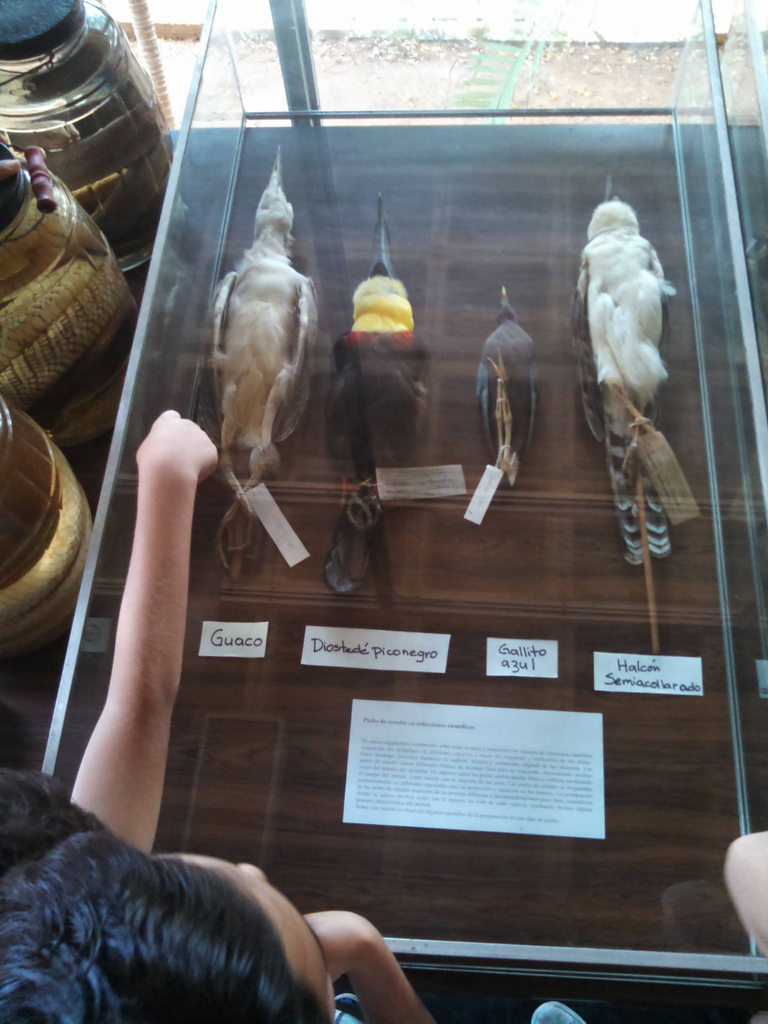
Several educational exhibits on biology have demonstrated the potential to foster learning through fun, and often include hands-on contact and tangible interactions on concepts in biology, such as evolution, cells, and even phylogenetic trees. In the case of cell exhibits, visitors can explore and interact with large biological data sets, allowing them to design and manipulate synthetic biology. It is intended to show concepts about biological engineering by creating an interactive platform to explore bio-design. The public is provided with a set of useful tools to design, adjust and build, which constitutes an effective strategy for creative learning, especially to foster the skills necessary to be able to tackle challenges in the face of the unknown (a very stimulating challenge). These types of exposures have long been common in the more tangible fields of mechanical and electrical engineering and, currently, experts in the field of bioengineering demand that they be taken into account as well. While there are examples of synthetic biology software and digital games to be able to design new organisms, there is currently no platform for non-scientists that simulates the creation of biological material outside of a humid laboratory environment.😎😎
Varias exposiciones educativas sobre biología han demostrado el potencial de fomentar el aprendizaje a través de la diversión, y suelen incluir un contacto manual e interacciones tangibles sobre conceptos de la biología, como la evolución, las células y hasta los árboles filogenéticos. En el caso de las exposiciones sobre células, los visitantes pueden explorar e interactuar con grandes conjuntos de datos biológicos, lo que les permite diseñar y manipular la biología sintética. Se pretenden mostrar conceptos sobre ingeniería biológica mediante la creación de una plataforma interactiva para explorar el bio-diseño. Al público se le proporciona un conjunto de herramientas útiles para diseñar, ajustar y construir, lo que constituye una estrategia eficaz para el aprendizaje creativo, especialmente para fomentar las habilidades necesarias para poder abordar desafíos ante lo desconocido (un reto muy estimulante). Este tipo de exposiciones son comunes desde hace tiempo en los campos más tangibles de la ingeniería mecánica y eléctrica y, actualmente, expertos en el campo de la bio-ingeniería reclaman que se les tenga también en cuenta. Si bien hay ejemplos de software sobre biología sintética y juegos digitales para poder diseñar nuevos organismos, actualmente no existe una plataforma para no científicos que simule la creación de material biológico fuera de un entorno de laboratorio húmedo.😮😮

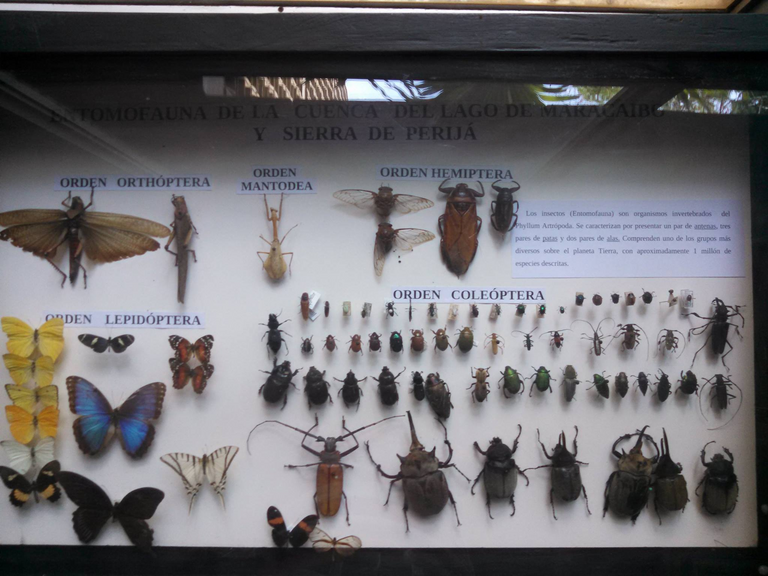
One of the most important roles of natural history collections is to safeguard specimens in museum technical reserves (warehouses). These preserved specimens are the samples of those individuals that were used to describe and name a particular species. Each plant, fungus and animal that we can observe in a garden has a scientific name that comes from a description, and each new species discovered needs to be compared with the preserved samples of other similar organisms, in order to ensure that it is an animal. or vegetable different from any other already described. For this reason, the warehouses of natural history museums have hundreds, even thousands, of well-kept and preserved specimens.🙂🙂
Uno de los papeles más importantes de las colecciones de historia natural es el de salvaguardar los especímenes en las reservas técnicas de los museos (almacenes). Estos especímenes preservados son las muestras de aquellos individuos que fueron utilizados para describir y nombrar una especie determinada. Cada planta, hongo y animal que podemos observar en un jardín tiene un nombre científico que proviene de una descripción, y cada nueva especie descubierta necesita ser comparada con las muestras conservadas de otros organismos similares, con el fin de asegurar que se trata de un animalito o vegetal diferente a cualquier otro ya descrito. Por esa razón los almacenes de los museos de historia natural tiene cientos, inclusos miles, de especímenes bien guardados y preservados.💚💚⭕🛑❗💯

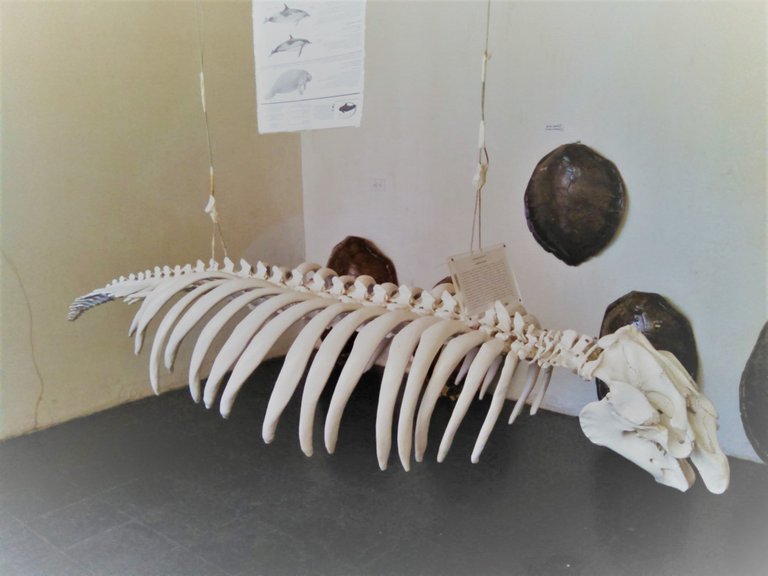
Beyond the "type specimens" that are classified as important, museums also have others that we can call "vouchers", which are examples of organisms collected during a biological record or other investigations. This is physical proof that the work has been done well and that the species have been accurately described. And most importantly, the information about where and when the samples were collected is kept and recorded forever.😁😁
Más allá de los «especímenes tipo» que reciben la categoría de importantes, los museos cuentan también con otros que podemos denominar «comprobantes», y que son ejemplos de organismos recogidos durante un registro biológico u otras investigaciones. Ésto es una prueba física de que se ha ejecutado bien el trabajo y que las especies se han descrito con precisión. Y lo más importante, la información sobre dónde y cuándo se recolectaron las muestras, se guarda y registra para siempre😮😮

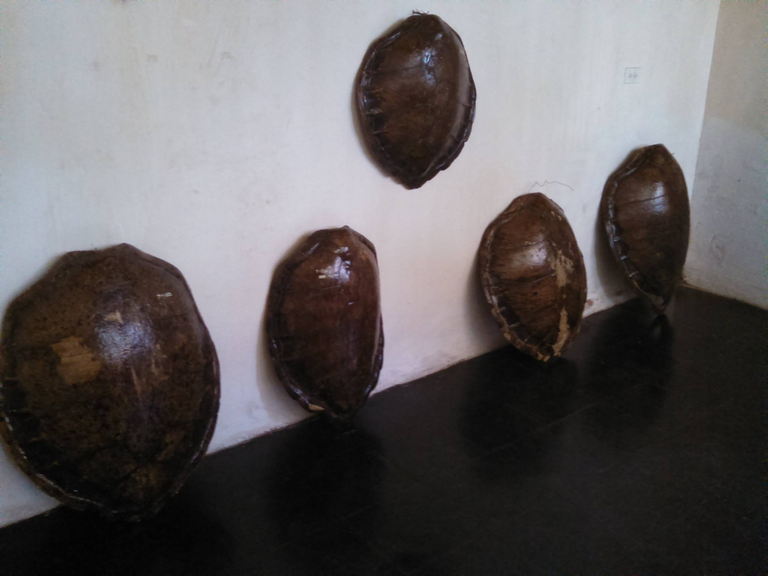
Each natural history specimen, based on such valuable data, provides a physical image of a species or natural community at a particular point in time and space. It is this physical record that makes museum collections so valuable: DNA cannot be extracted from a photograph, nor can a description of pesticide residues be analyzed under the microscope, but a physical sample can provide scientists with great value. unexpected amount of information.🙂🙂
Cada espécimen de historia natural, a partir de esos datos tan valiosos, proporciona una imagen física de una especie o comunidad natural en un punto particular del tiempo y del espacio. Es este registro físico el que hace que las colecciones de los museos tengan tanto valor: no se puede extraer ADN de una fotografía, ni se puede analizar al microscopio una descripción sobre los residuos de plaguicidas, pero una muestra física puede proporcionar a los científicos gran cantidad de información inesperada.😮😮

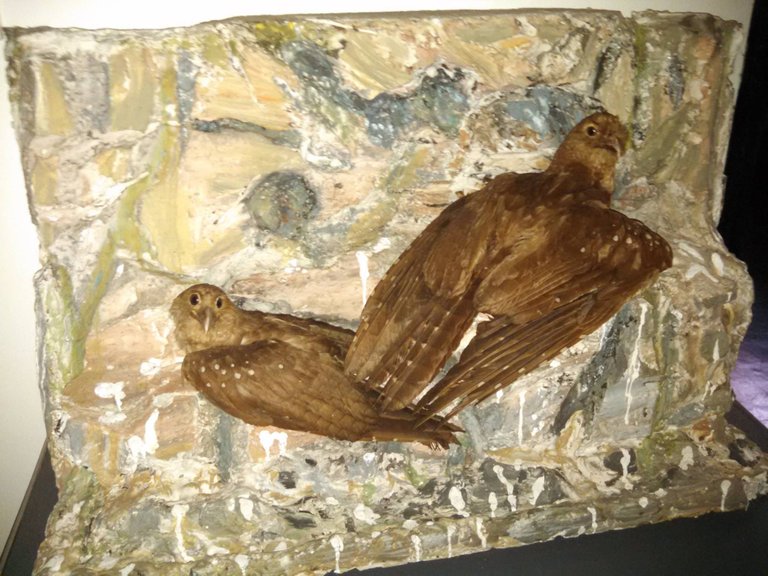
The samples collected, before the existence of DNA was discovered, could provide information on how populations had evolved over time and how that might influence the conservation of threatened species. This type of study is of particular interest when populations have suffered a dramatic decline and are faced with genetic bottlenecks, such as with several besieged bird species in New Zealand and with the Tasmanian Devil Bums, among others. But not only preserved DNA can be useful. Much of the research that led to stricter controls on pesticide use in agriculture (including the ban on DDT) came from comparing the thickness of eggshells kept in 19th century museum collections and XX.🦃🐓🦆
Las muestras recolectadas, antes de que se descubriera la existencia del ADN, podían proporcionar información sobre cómo las poblaciones habían evolucionado con el tiempo y cómo eso podría influir en la conservación de las especies amenazadas. Este tipo de estudio es de particular interés cuando las poblaciones han sufrido un declive dramático y se enfrentan a cuellos de botella genéticos, como ocurre con varias especies de aves asediadas en Nueva Zelanda y con el rabiosillo Diablo de Tasmania, entre otros. Pero no solo el ADN preservado puede resultar útil. Gran parte de la investigación que condujo a controles más estrictos sobre el uso de plaguicidas en la agricultura (incluida la prohibición del DDT) se produjo al comparar el grosor de las cáscaras de huevo que se guardaban en las colecciones de los museos de los siglos XIX y XX.🦢🦜🐧🐦


For research to be carried out, museums must be able to care for their collections and make associated information as accessible as possible to researchers. The Internet provides a fantastic means of accessing all that information, but unfortunately many museums cannot use their online databases well due to the enormous volume of information they have and the lack of personnel to manage it.😯😯
Para que la investigación pueda llevarse a cabo, los museos deben ser capaces de cuidar sus colecciones y hacer que la información asociada sea lo más accesible posible para los investigadores. Internet proporciona un medio fantástico para acceder a toda esa información, pero lamentablemente muchos museos no pueden utilizar bien sus bases de datos on line debido al volumen enorme de información que tienen y a la falta de personal para gestionarla .😛😛

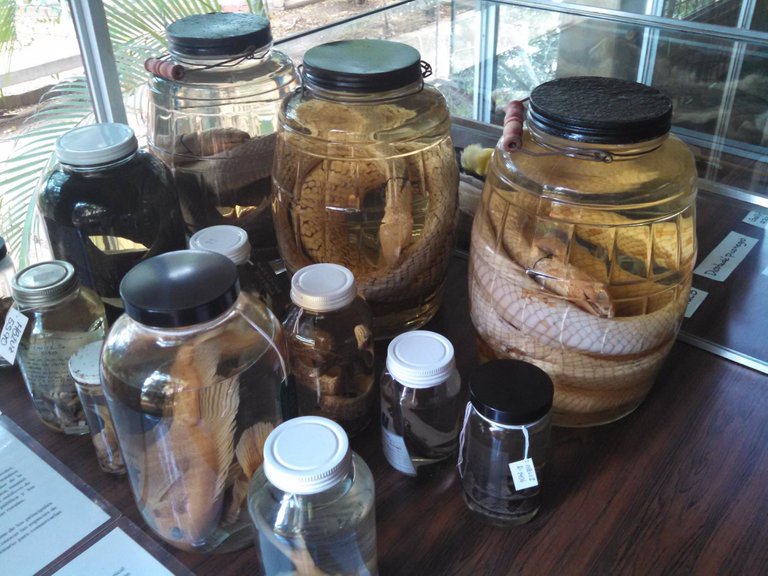
The museum sector is going through a period of substantial change in which priorities and working models are being reassessed as a result of funding cuts. The social enterprise profile has been adopted by some museums and can provide good opportunities, especially if the development of museum networks can increase access to collections. However, these changes also carry the possibility of being beset by considerable threats, especially if the focus shifts away from long-term care, access, and collection development. An additional danger, particularly for affected regional museums, may be the loss of the specialized staff needed to identify appropriate partners and develop relationships essential to survive in the uncertain times ahead.😶😶
El sector de los museos está atravesando un período de cambios sustanciales en el que se reevalúan las prioridades y los modelos de trabajo como consecuencia de los recortes de fondos. El perfil de empresa social ha sido adoptada por algunos museos y puede brindar buenas oportunidades, especialmente si el desarrollo de redes de museos puede aumentar el acceso a las colecciones. Sin embargo, estos cambios también conllevan la posibilidad de verse asediados por amenazas considerables, especialmente si el enfoque se aleja de la atención, el acceso y el desarrollo de las colecciones a largo plazo. Un peligro adicional, particularmente para los museos regionales afectados, puede ser la pérdida del personal especializado necesario para identificar a los socios apropiados y desarrollar relaciones imprescindibles para sobrevivir en los tiempos inciertos que se nos avecinan.🤔👨🏫👨🎓

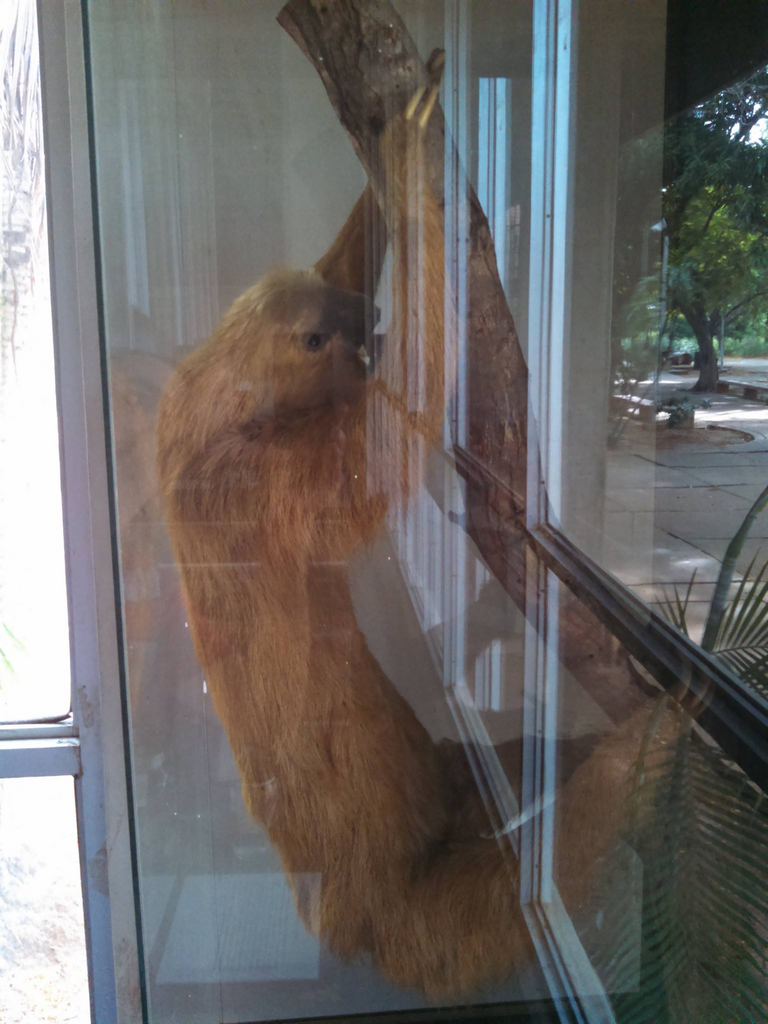
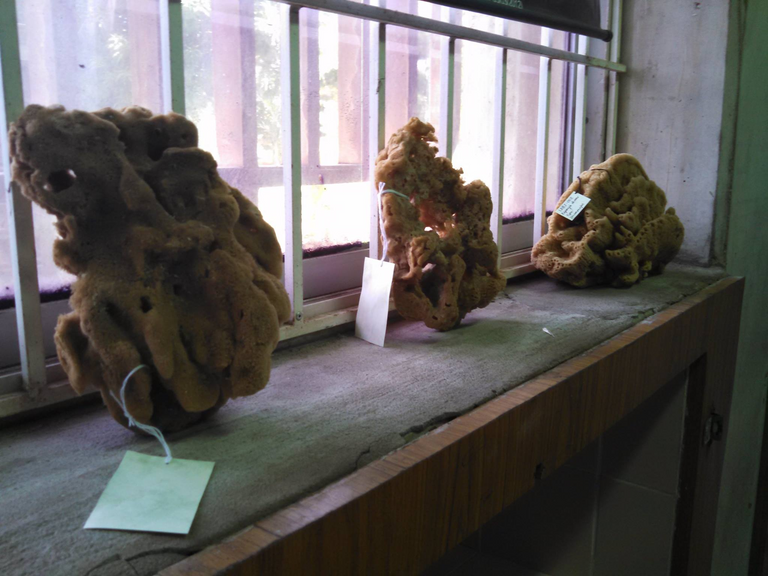
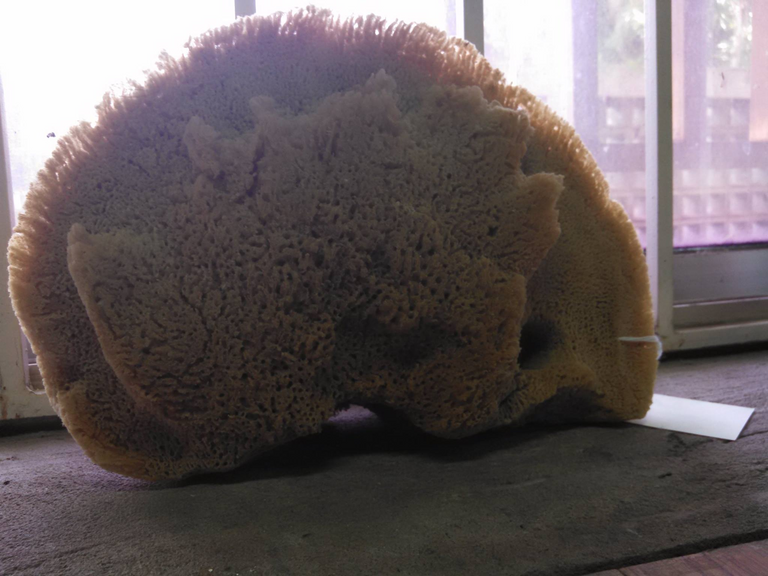
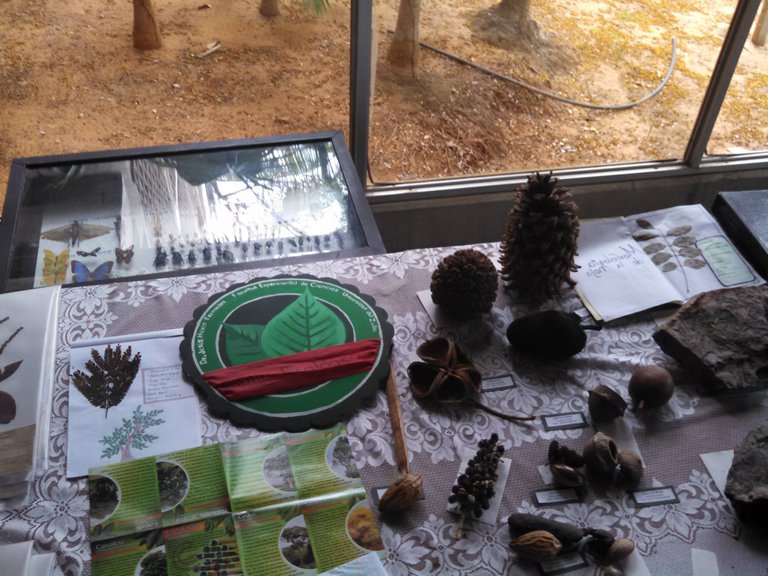
“Nothing will ever replace the knowledge of science and the training that museums provide; funding in this area must become a national priority. Otherwise, knowledge of the biodiversity of this planet and all its potential benefits will be lost. '💖💖

«Nada reemplazará jamás el conocimiento de la ciencia y la capacitación que proporcionan los museos; la financiación en esta área debe convertirse en una prioridad nacional. De lo contrario, se perderá el conocimiento de la biodiversidad de este planeta y de todos sus beneficios potenciales».💥
THANKS🎈🎋🎄🎍
OBRIGADO🧡💥💞
I would like to invite you to follow the @discovery-it community, supporting us together also means growing!
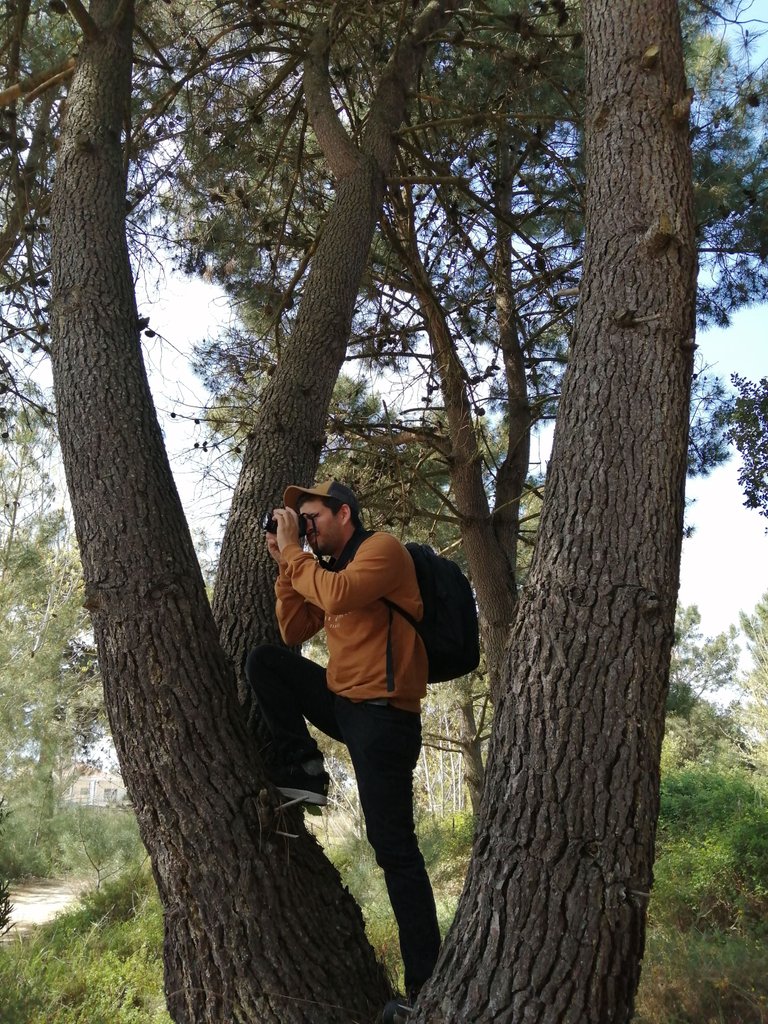
museum of biology of the FEC, photos shared by the museum and published by the rector J. Rivera
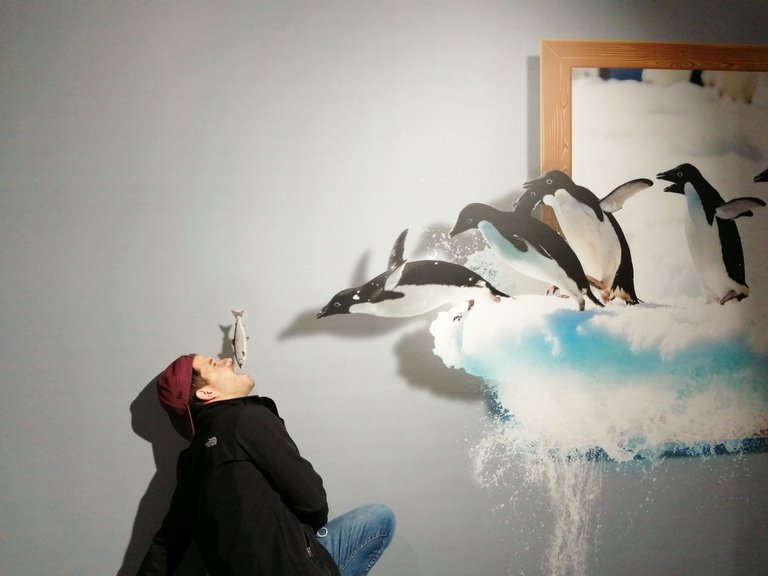
https://evemuseografia.com/2017/12/29/la-importancia-de-los-museos-de-historia-natural/#:~:text=Adem%C3%A1s%20de%20ser%20muy%20populares,uso%20el%20uso%20de%20plaguicidas.
https://evemuseografia.com/2018/01/11/museos-y-ensenanza-de-la-biologia/
https://www.monografias.com/docs/Importancia-de-los-museos-de-historia-natural-PKSSNCUFCDUNY
https://prehistorico.fandom.com/es/wiki/Laquintasaura



























Los museos son un gran centro de aprendizaje, sin duda un lugar que todo niño en edad escolar debería visitar.
View or trade
BEER.Hey @oscurity, here is a little bit of
BEERfrom @pixresteemer for you. Enjoy it!Learn how to earn FREE BEER each day by staking your
BEER.Yay! 🤗
Your post has been boosted with Ecency Points, by @oscurity.
Use Ecency daily to boost your growth on platform!
Support Ecency
Vote for Proposal
Delegate HP and earn more